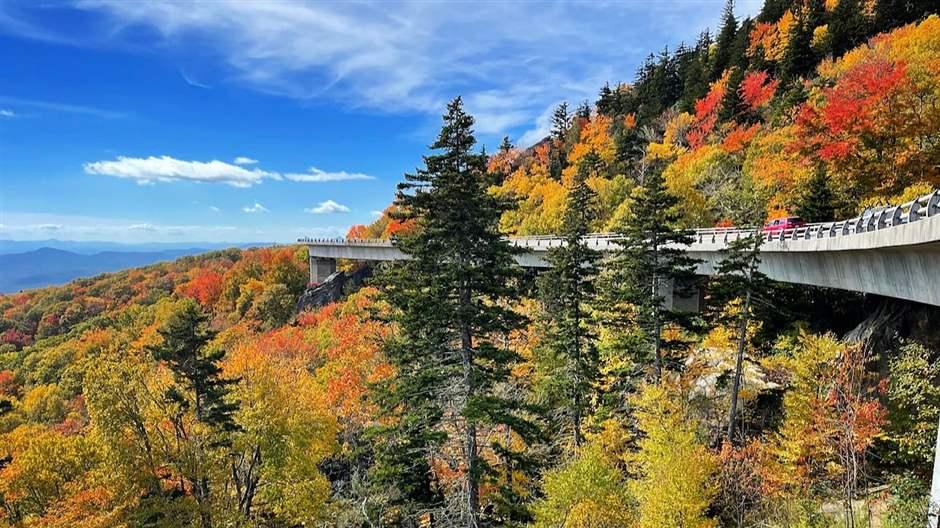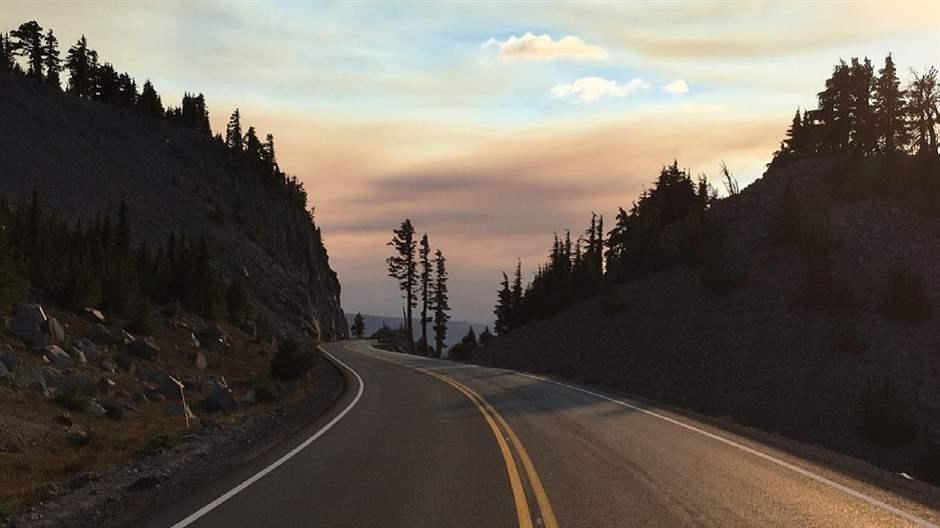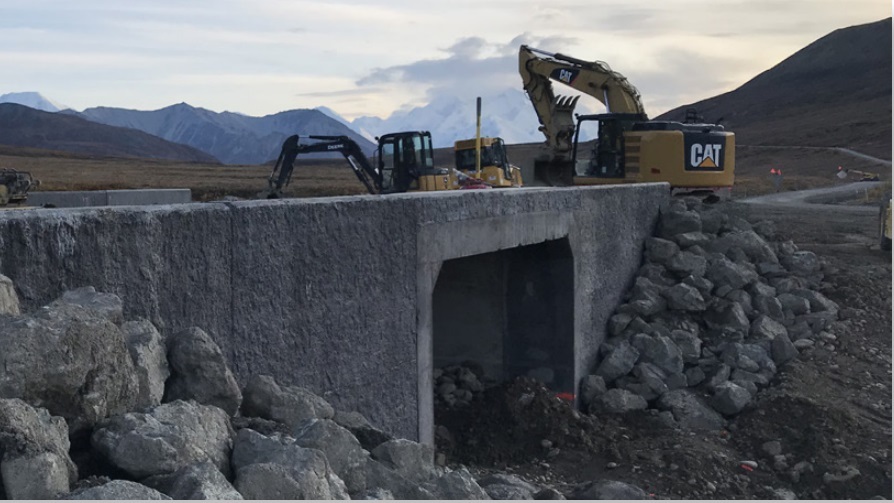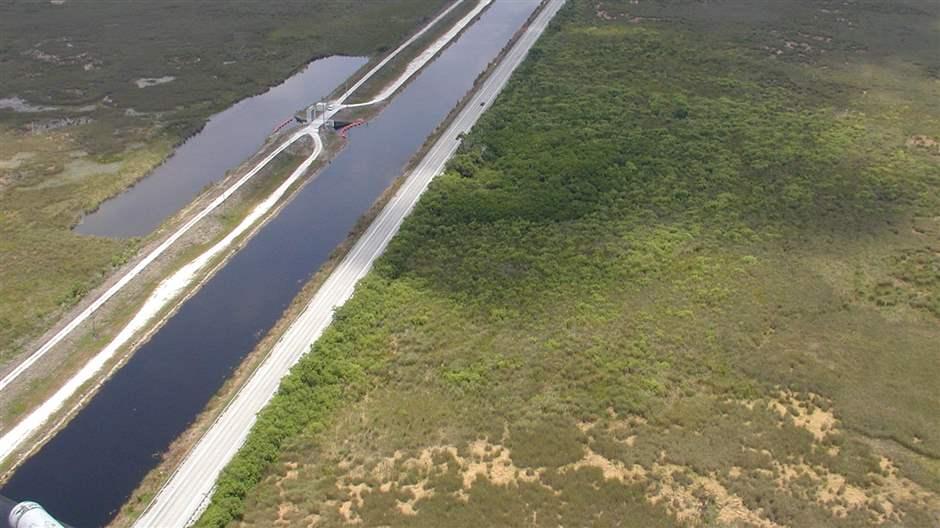New Infrastructure Law Includes Needed Funding for National Park Roads
Projects will improve visitor experiences and make routes safer for drivers—and wildlife

Horace M. Albright, who helped found the National Park Service (NPS) and led it from 1929 to 1933, once wrote that “the national parks are more than the storehouses of nature’s rarest treasures. They are the playlands of the people, wonderlands easily accessible to the rich and the humble alike.”
And one reason for that ease of access is the thousands of miles of roads laced through the park system. But the cost of maintaining the roads, bridges, and tunnels exceeds the NPS’ annual transportation budget.
Fortunately, help is on the way: The Infrastructure Investment and Jobs Act, which Congress passed and President Joe Biden signed into law Nov. 15, provides capital over the next five years for the NPS to preserve and upgrade its transportation network, which includes more than 5,500 miles of publicly accessible roads, 1,400 bridges, 60 tunnels, and 6,100 parking areas. The funds will flow through two federal accounts: the Federal Lands Transportation Program (FLTP) and the Nationally Significant Federal Lands and Tribal Projects (NSFLTP) Program.
The FLTP is authorized as part of the Highway Trust Fund and is jointly managed by the NPS and the Federal Highway Administration. The program will provide $1.7 billion over five years to the NPS, starting with $332 million in fiscal year 2022 and ramping up to $360 million in fiscal 2026.
The FLTP is important because parks need well-maintained transportation networks to provide visitors with safe access and quality experiences. Many features and attractions within parks are accessible by motor vehicle, and most visitors stick to these roads and nearby routes during their visits.
One crucial issue in road design and construction that has emerged in recent years is the need to reduce wildlife-vehicle collisions. This is especially important in national parks, which are home to a huge array of species that travel along longtime corridors—some of which cross roads—to reach areas for feeding, breeding, hibernating, and more. This is a safety issue for both drivers and animals. A Western Transportation Institute survey of officials from 106 national parks found that more than half of the respondents estimated that road-caused mortality was affecting wildlife populations. That’s why the NPS is now using FLTP funds to redesign roads to reduce wildlife-vehicle collisions, for example by constructing overpasses and underpasses to help keep animals off roads.
The second federal account, the NSFLTP, directs funding to the NPS for large-scale transportation construction projects that require additional investments over what the FLTP provides. These “megaprojects” are eligible to receive funding only if their price tag exceeds $10 million. Examples include rehabilitation and repaving of the Natchez Trace Parkway, which runs through Tennessee, Alabama, and Mississippi, and upgrades to portions of Yellowstone National Park’s Grand Loop Road, the main thoroughfare through America’s first national park. The NPS competes for this funding along with other federal land management agencies and tribes.
The program originally provided funding only if members of Congress requested it through annual appropriations, but new provisions now provide $55 million in guaranteed annual funds to NSFLTP, or $275 million over the next five years. Congress is authorized to appropriate up to $300 million a year in additional funds, for a potential program total of $1.5 billion over five years.
Pew commends Congress and the White House for getting this deal done and helping to ensure that visitors to America’s national parks for generations to come will find a safe and reliable transportation system befitting these remarkable places.
Marcia Argust is director and Tom St. Hilaire a senior officer for The Pew Charitable Trusts’ U.S. public lands and rivers conservation project.










